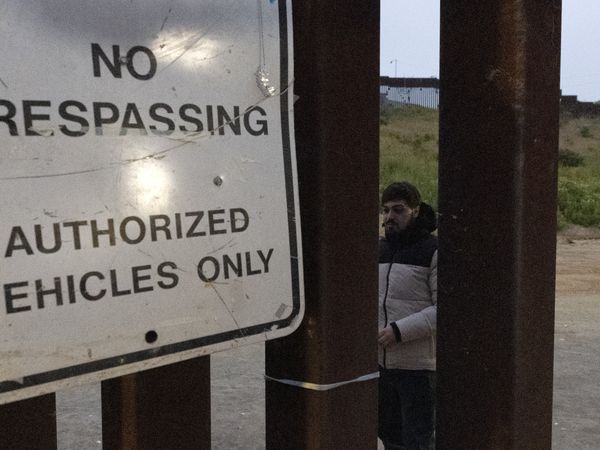Hiding in the bushes is the face of someone who means to kill you.
While that's an unlikely scenario, it is an extremely important survival skill to be able to recognise people, whether they're friendly or otherwise.
The first step of course, is to know that a face is even there.
Although it's simple enough to suggest with a face with a couple of characters :) in a text message, given the huge variation in how a face might appear, it's actually a tricky problem.
There are many confounding influences such as the presence of light and shadow. Apparent colour may be very different in one setting to another.
Perhaps part of the face is turned away, it's obscured or they're wearing sunglasses. Or, worse, the face and other objects around it are moving.
Yet in spite of this, humans - and other animals - are remarkably good at detecting faces. And even better, we can tell with surprising accuracy where the eyes are looking, whether towards us or somewhere else.
Dogs certainly can tell, and a magpie will usually not swoop if you're looking at it. Remarkably they seem to be able to come at you from the direction of the sun.
The origin of the face goes a long way back in evolutionary history. If we stretch the definition a little, we could say that even caterpillars and spiders have faces.
With teeth and jaws, the earliest known face in a vertebrate animal is placoderms. These were armoured fishes living from about 440-360 million years ago, and the distant ancestors of amphibians, sharks, reptiles and mammals.
The job of detecting faces is so important, it has a dedicated area of the brain. Given that brain real estate is precious*, that's equivalent to having a senior cabinet position in Parliament.

The fusiform face area is located at the rear of the head, roughly level with your ears.
Estimates vary, but it requires somewhere between 2000 and 20,000 neurons to identify a face.
That might not seem like much, but each neuron is intricately connected to many other neurons, which allows a vast range of variations to be encoded.
There are about 50 characteristics that make faces different such as skin colour. Face geometry measures various things such the distance between eyes, the depth of eye sockets and the shape cheekbones.
In artificial systems, this data is converted into numerical code called a faceprint. Using this, agencies such as the FBI can match it against to up to 650 million photos.
* Do not believe the nonsense that we "only use 10 per cent of our brain". And no, Albert Einstein did not claim this.
The Fuzzy Logic Science Show is at 11am Sundays on 2xx 98.3FM. Send your questions to AskFuzzy@Zoho.com; Podcast: FuzzyLogicOn2xx.Podbean.com







